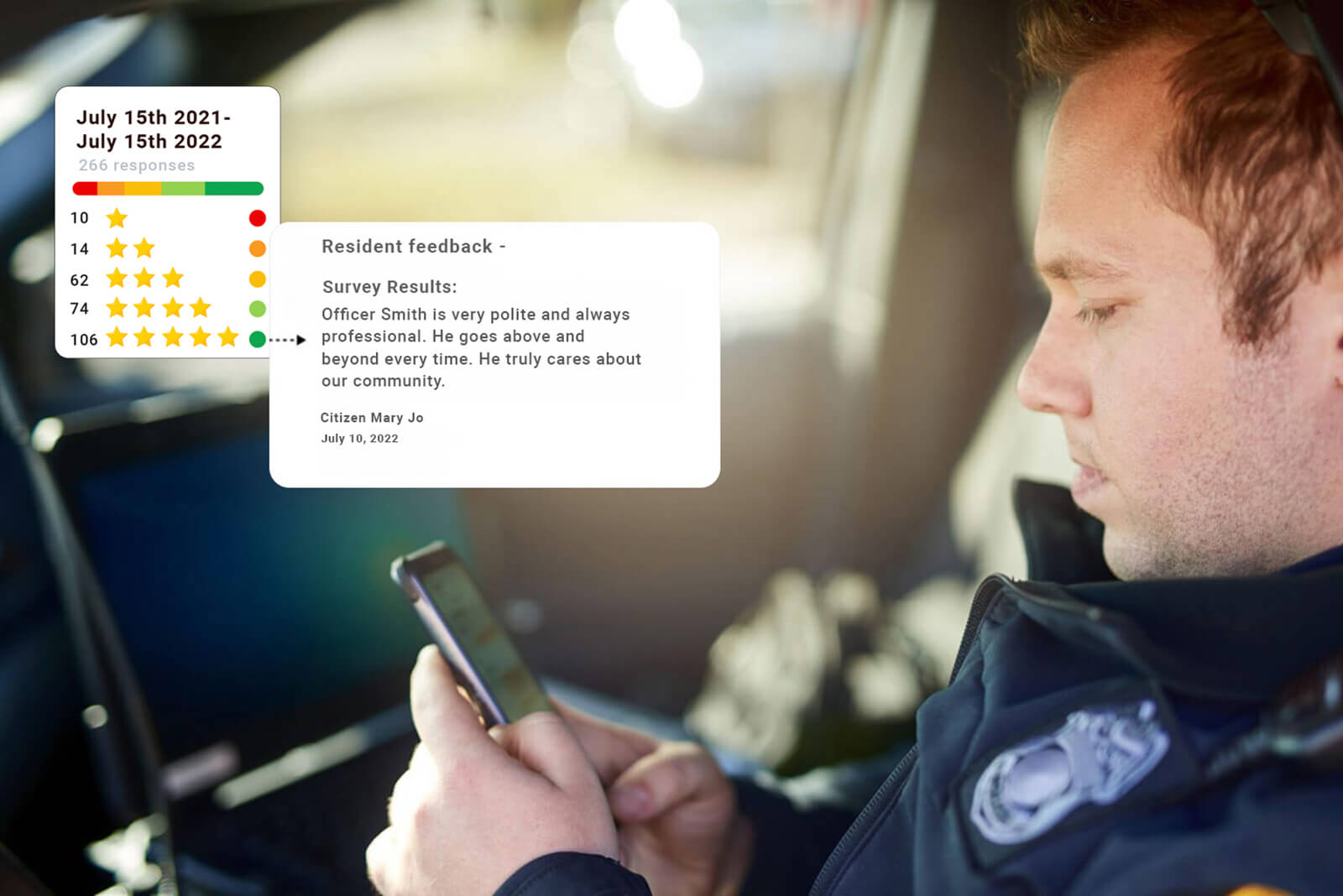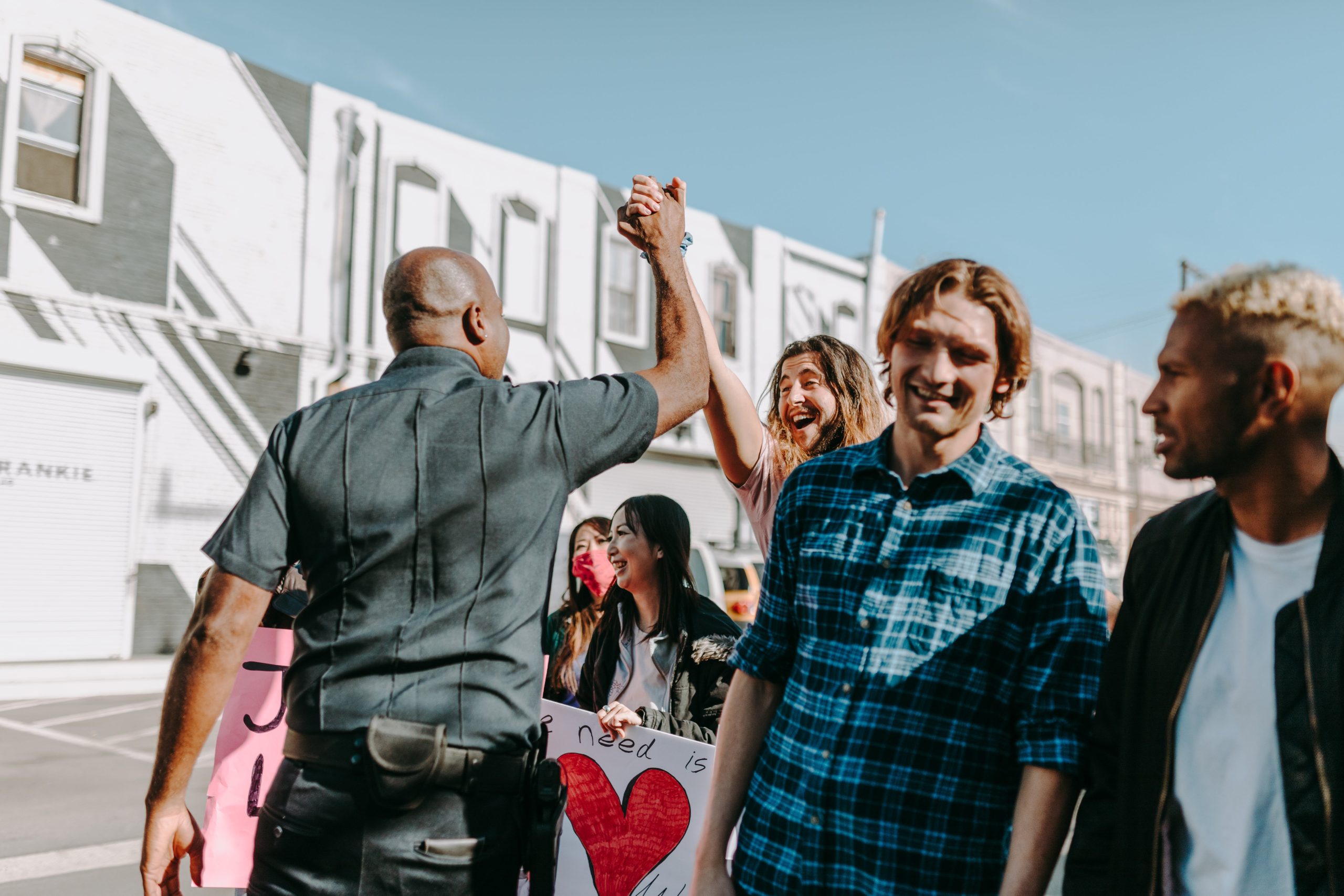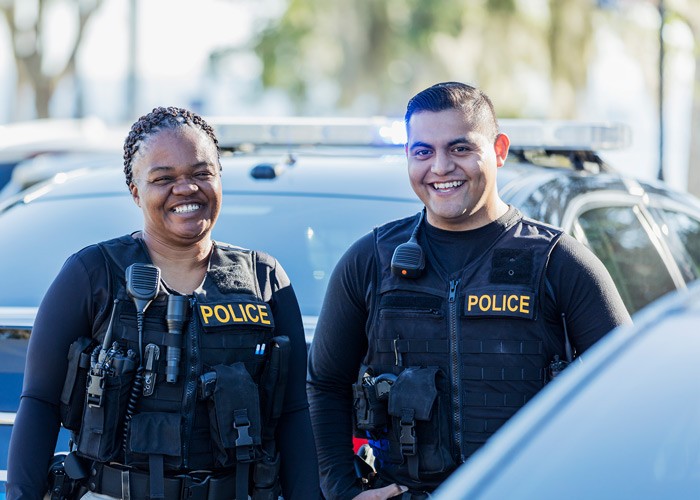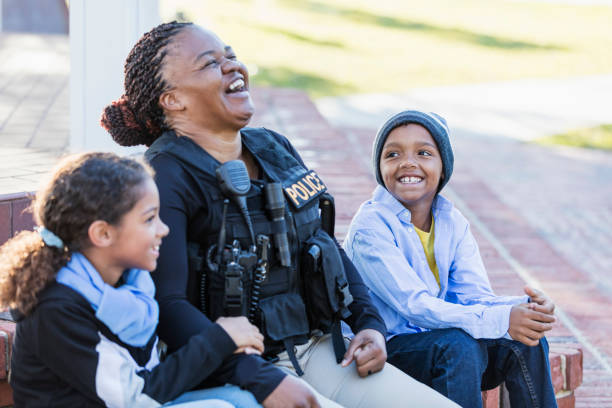Introduction
In the digital age, social media has emerged as a powerful tool for law enforcement agencies to connect with their communities and enhance their brand presence. A strong and positive police brand not only improves public relations but also fosters trust and cooperation. In this blog post, we will explore the ways in which law enforcement agencies can leverage social media for brand enhancement, providing insights, strategies, and actionable recommendations to strengthen their online presence and community engagement.
The Role of Social Media in Police Branding
- Community Reach: Social media platforms offer a vast audience reach, enabling law enforcement agencies to connect with a diverse community and share information efficiently.
- Transparency and Openness: Active social media engagement promotes transparency by sharing real-time updates, fostering openness between the police and the public.
- Information Dissemination: Social media allows agencies to disseminate important information, such as emergency alerts, safety tips, and crime updates, in a timely manner.
- Positive Image Building: By sharing positive stories and engaging in community outreach, agencies can build a positive brand image that fosters trust and cooperation.
- Crisis Management: During crises or emergencies, social media serves as a crucial communication channel to keep the community informed and safe.
Strategies for Leveraging Social Media for Police Brand Enhancement
- Choose the Right Platforms: Identify which social media platforms your community predominantly uses and focus your efforts there. Common platforms include Facebook, Twitter, Instagram, and Nextdoor.
- Consistent Branding: Maintain a consistent visual identity with your agency’s logo, colors, and branding elements across all social media profiles to enhance recognition.
- Regular Updates: Post regularly to keep your audience engaged. Share a mix of content, including community events, safety tips, success stories, and informative videos.
- Engage with the Community: Respond promptly to comments, messages, and inquiries from the public. Encourage open dialogue and answer questions transparently.
- Humanize the Force: Introduce officers and staff through features or profiles. Humanizing the force helps build personal connections with the community.
- Live Streaming: Utilize live streaming for real-time updates, Q&A sessions, and community events to connect directly with residents.
- Public Safety Information: Share practical safety tips, emergency contact information, and guidelines during crises or natural disasters.
- Community Stories: Highlight positive stories and community involvement, showcasing the agency’s commitment to the well-being of residents.
- Collaborate with Influencers: Partner with local influencers or community leaders to amplify your message and reach a broader audience.
- Measure and Adapt: Use social media analytics to measure engagement, reach, and the impact of your efforts. Adjust your strategy based on data insights.
Conclusion
In the digital age, leveraging social media for police brand enhancement is essential for building trust, improving community relations, and enhancing public safety. By implementing the strategies and recommendations outlined in this blog post, law enforcement agencies can create a strong and positive online presence that resonates with their community. Social media serves as a dynamic platform to engage with the public, promote transparency, and establish a resilient police brand that reflects the agency’s commitment to serving and protecting the community. In the evolving landscape of policing, a strategic approach to social media is an invaluable asset for law enforcement agencies.






